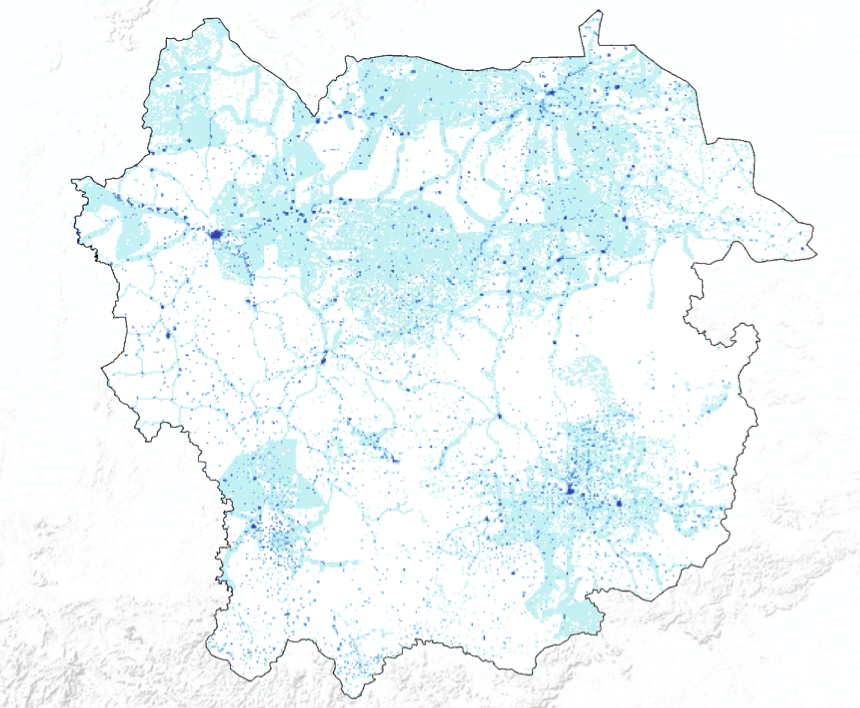Build Effective Social and Behavior Change Strategies


To date, millions of dollars in international aid have gone into the Sahel to address issues at the core of the region’s instability. Mali’s place at the center of the regional focus stems from its longstanding lag in development indicators, especially the poor health of its population: according to recent World Health Organization report, Mali ranks in the bottom ten African countries across multiple factors of mortality. Fraym used granular data to illuminate the areas development agencies have been increasingly working in, but which we often know little about. With new information on those priority regions’ populations, such as access to clean water, education levels, and medication usage, interventions in the country can be made exponentially more effective, helping families in Mali prevent and treat illnesses.
National Level
Fraym data shows that one in ten Malian households reported having a family member that fell sick, and 9 percent of households had someone moderate-to-severely sick. Many of these illnesses may have been preventable. The WHO reports 85% of households in Mali are without access to clean water, in addition, the country has the fifth highest mortality rate on the continent due to waterborne diseases at an estimated 70.7 deaths per 100,000. Fraym decided to take a subnational look at its data from the past few years for regions with poor health to analyze potential opportunities for community intervention.
Sub-national Level
As the most populous region in Mali, Sikasso was an obvious first choice for hyper-local analysis. Sikasso also had the highest proportion of households that reported having a sick or ill person, with 16 percent sick and 12 percent moderately-to-severely sick. Preventing illness is a challenge in this region, which has the second lowest rate of access to clean water in the country (11 percent). Given that three quarters of Sikasso’s population has no education at all, development initiatives hoping to address these issues will have to tailor intervention strategies in this region to be more widely accessible.
Fraym chose Kayes as its second region of study for its relatively low rates of sick and moderate-to-severely sick households. Although still troubling, only 9 percent and 7 percent of households were sick and moderate-to-severely sick, respectively, and over 20 percent of households in Kayes had access to clean water. For development agencies in this region, low education rates could still pose a challenge, with over three quarters of Kayes’ population having no education. Knowledge of this barrier could inform intervention design; for example, choosing radio over newspapers for spreading awareness on handwashing in the area.




![]()
Insights and Research Potential
This data illuminates the details behind Mali’s poor health status, revealing differing needs and challenges at the subnational level. This type of local assessment provides key insights on population characteristics, and reveals gaps in the already available data where insights are still theoretical. For example, through this process Fraym noticed a potential path for deeper investigation: how Malian households chose to medicate. According to Fraym data, about half of households acquired some form of medication for their sick family member, with one-third purchasing medication from a street vendor and close to one-third using herbs. These national statistics measured at the regional and household level for Sikasso, Kayes, and others, could reveal compelling opportunities for health interventions.
Precise data for populations in the Sahel hasn’t been available before. The incorporation of local, human-centric data provides a contextual framework for understanding other informational sources, and allows organizations to strategically approach data collection from the start of a project. By understanding health challenges through a geographic lens, interventions can be tailored to address specific community needs.